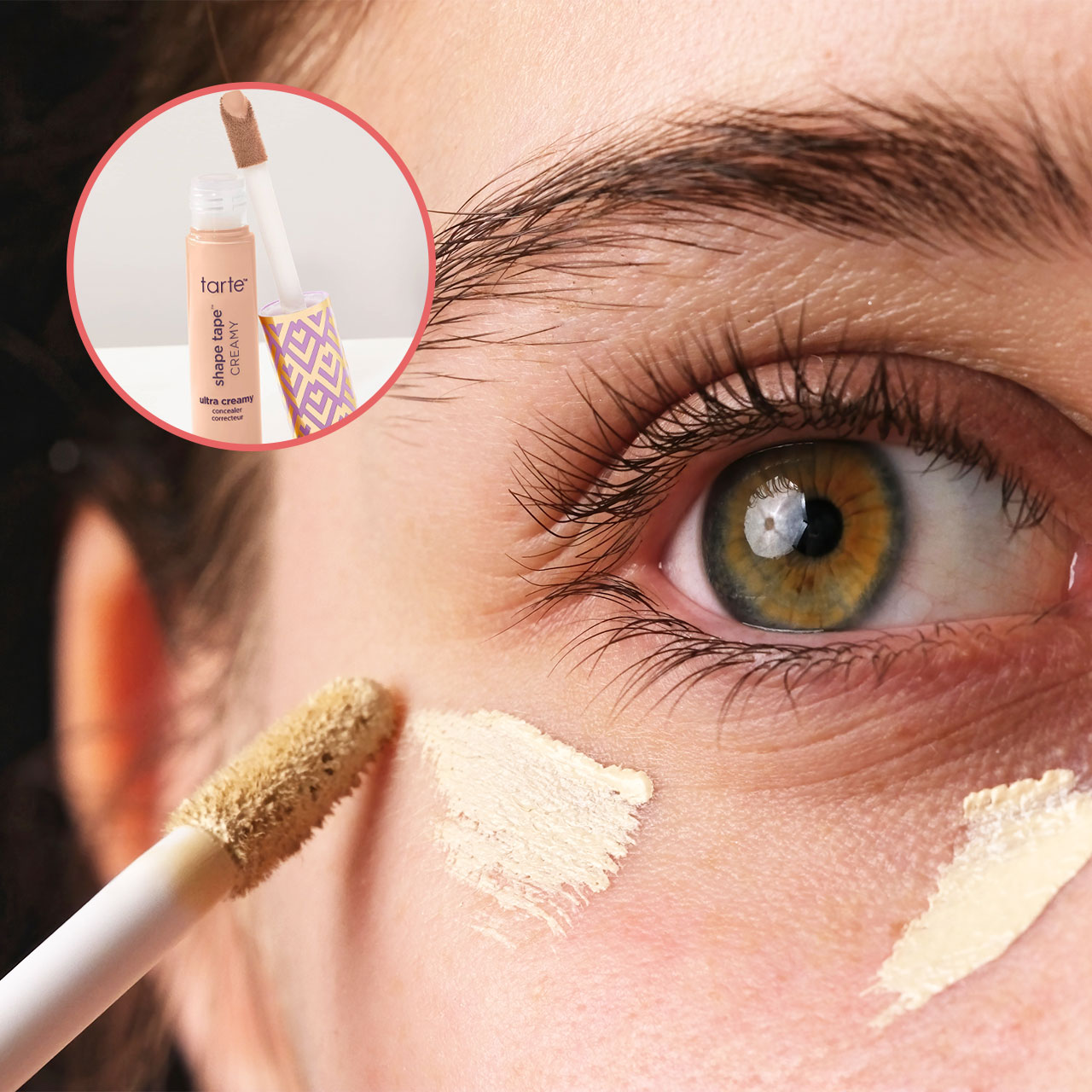Maintaining strong and healthy hair is all about how you care for your locks, and taking proper steps to preserve them from breakage will make a major difference in the long term appearance of your hair. But you can still avoid heat styling and take major precautions to limit the amount of breakage you experience in the daytime, and still wind up with increased hair fallout due to mistakes made in the night.
If you’re suffering from thinning locks and are unsure which aspect of your routine may be to blame for the fallout, there’s one nighttime mistake that could be the culprit for an excess of breakage.


Sleeping with Wet Hair
It’s been said time and time again that applying heat to your hair can make it more susceptible to damage, but one thing that could be worse for the longevity of your locks is sleeping with it still wet. When your hair is fresh from the shower it’s naturally more porous and delicate as it retains moisture, and immediately putting your head on the pillow and potentially tossing and turning may result in an increase in fallout.
“Going to bed with wet hair or hair tied up tightly may cause extra pressure on the hair strands due to tangling or pulling, and this may cause hair to break,” explains Dr. Dominic Burg, trichologist at evolis Professional.
Sleeping with wet hair can put even the strongest locks at risk for fallout, but particularly if you already struggle with fallout due to genetics or a diet lacking in important nutrients, this mistake can make things even worse.
“If you are suffering from hair loss due to diet, genetics, stress or illness, increased proportions of your follicles may be at rest and more easily dislodged from the scalp,” notes Burg. “These hairs would have naturally fallen within a few months, but putting excess strain on them while in bed (e.g., from sleeping with wet hair or with a tight hairstyle), may cause them to be dislodged sooner.”

The best way to sleep that will preserve the strength of your hair and limit fallout as much as possible is to first make sure that your hair is completely dry before heading to bed. This can mean taking a shower several hours before it’s time to sleep so your hair can air dry, or spritzing on a heat protectant and giving it a quick blowdry before you lay down.
“Invest in a good quality silk pillow to prevent extra friction on your hair. Don’t go to bed with tight hairstyles,” suggests Burg. As for hairstyles to try while you’re sleeping, “A loose scrunchie is a good option, as is a loose plait, braid or top bun. Some prefer to use a silk hair turban,” he adds.
Taking care of hair loss from the root of the problem (ie. genetics, stress, or a poor diet) will ultimately do the most to ensure your strands stay firmly in place, but taking smaller precautions within your daily routines will also bolster the strength of your strands.
Heading off to sleep with dry hair and keeping it out of tight styles throughout the night will make sure there’s no unnecessary breakage or fallout, and making the switch to a silk pillowcase can add an extra layer of support to maintain healthy stands. Heat damage is real, but at the end of the day, sleeping with wet locks will cause even more damage.


























